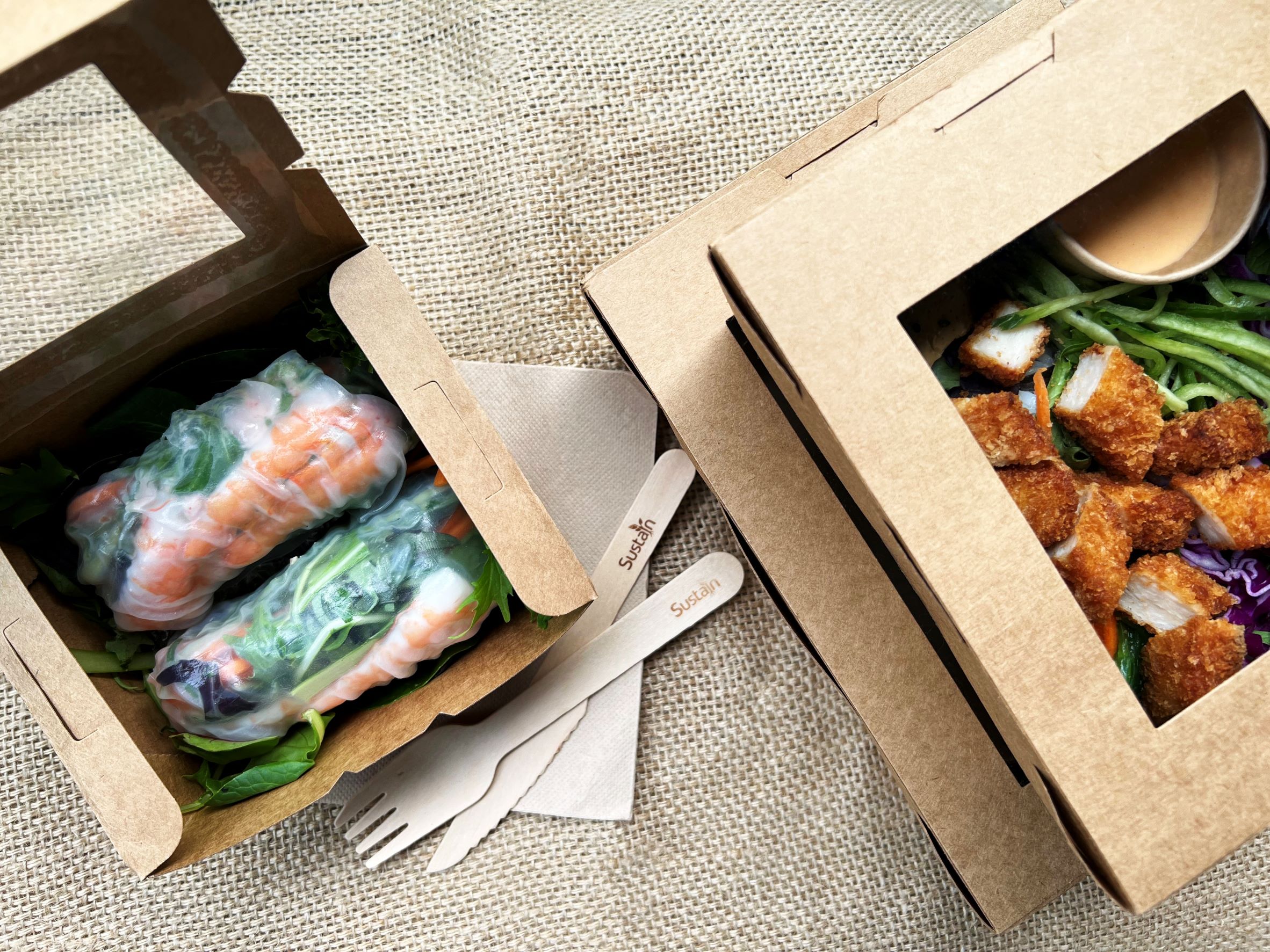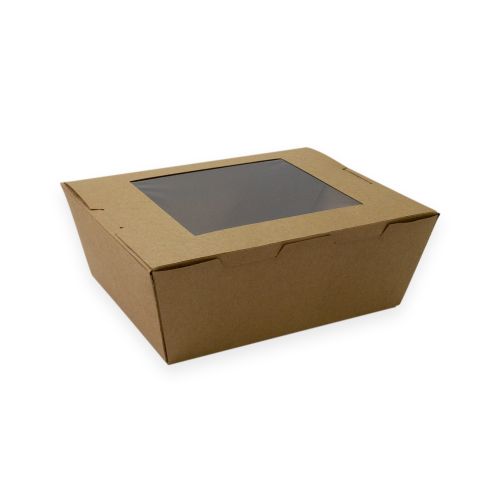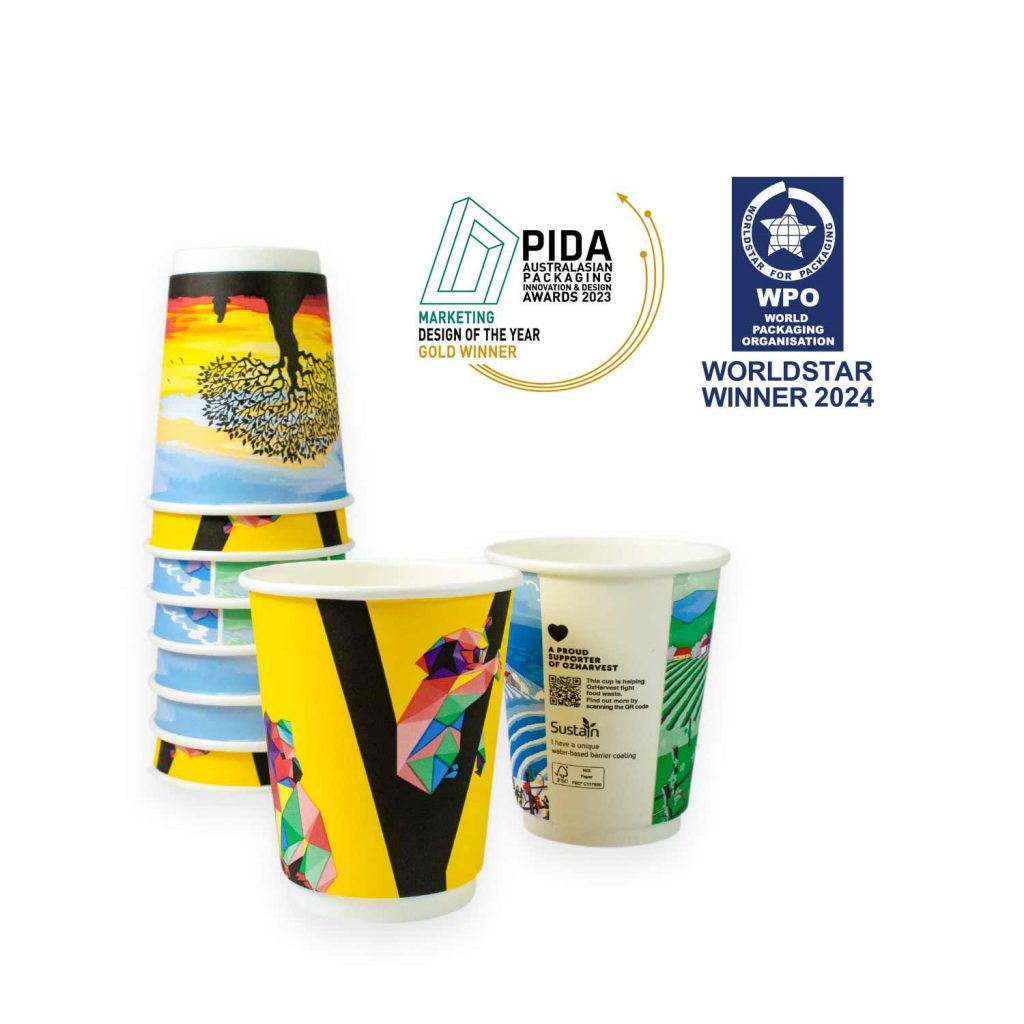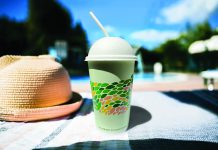What makes food packaging sustainable? With 37% of consumers prioritising sustainability when making buying decisions, the topic of sustainability continues to be in the spotlight across all industries. Alongside the continual changes in government legislation surrounding single-use plastic packaging across Australia and New Zealand, there has been a significant increase of disposable food packaging solutions on offer.
So, what is sustainable food packaging?
The easiest definition is simply: packaging that reduces its environmental impact. This can be done through a multitude of ways including either the use of renewable materials at its start-of-life (think renewable organic matter) or having a product be recyclable or compostable at its end-of-life. If a product does both of things, it becomes part of what’s known as a circular economy.
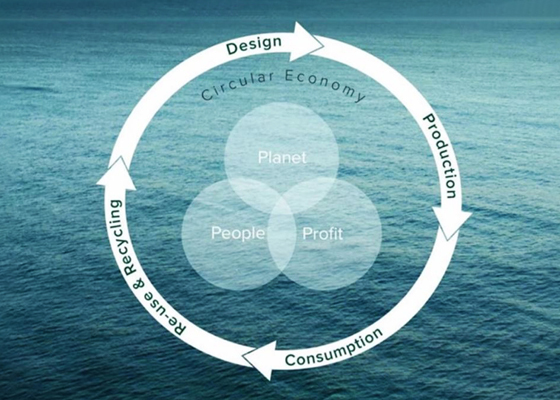
A Circular Economy
With current manufacturing processes reflecting a take-make-waste cycle that leaves over 38 million tonnes of solid waste in Australian and New Zealand landfills, we’ve slowly seen products emerge that work towards creating a circular economy. Like the cycle of nature, a circular economy works by giving and taking in equal measure to limit the amount of waste being created.
A product that is a part of a circular economy will be made from a renewable resource and then – through a sustainable end-of-life process – that will be used to create something new. This closed-loop cycle is what defines a circular economy.
So, what should you consider when looking at sustainable food packaging?
What material is being used and where does it come from?
When a product has a sustainable start-of-life, it means that the material it’s being manufactured from is a renewable resource that minimises negative environmental impact. Consider renewable materials such as paperboard, sugarcane / bagasse, bamboo and birchwood – all of which are apart of a circular economy.
What is the products end-of-life process?
A products end-of-life will define whether it becomes a part of a circular economy. From recycling or repurposing to composting, there are different ways packaging can have a sustainable end-of-life. Recycling is one of the most recognisable disposable methods, whereas composting – which describes a material breaking down into organic matter – can often depend on a state or council regulations.
So, what materials will suit your business best?
There are a variety of renewable materials on the market and each one can offer different benefits that will suit different business needs. When looking at disposable food packaging, the advantages of a sustainable material like wood pulp paper is seen in its sturdiness, versatility, and ability to block natural light. Wood pulp paper is made from a renewable resource and can be recycled in kerbside collections as long as it is unlined or – products that are unlined, or have a bioplastic lining, can be composted in industrial facilities under specific conditions.

